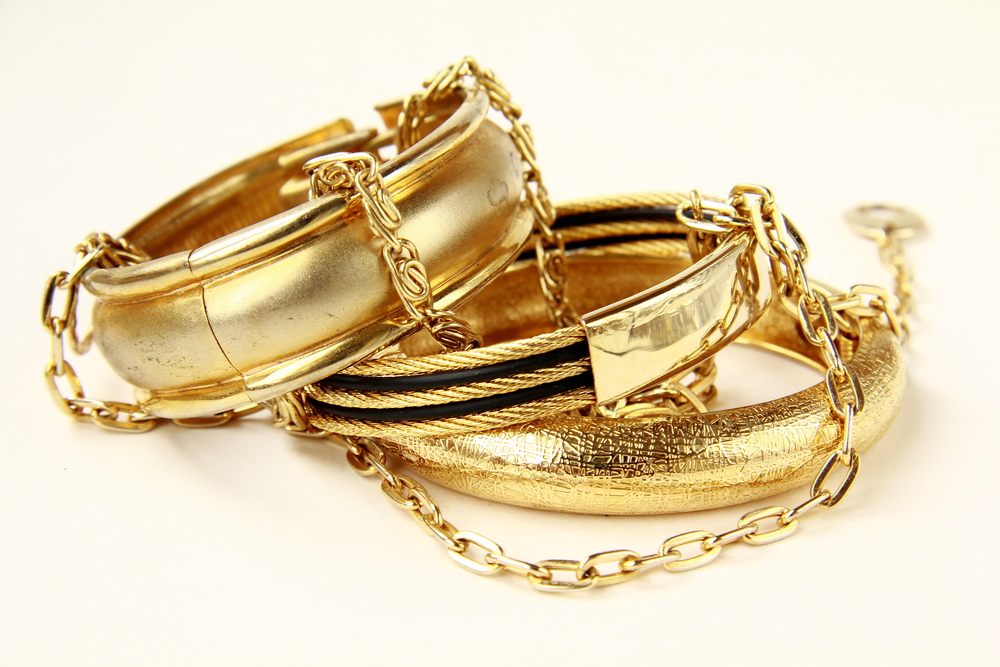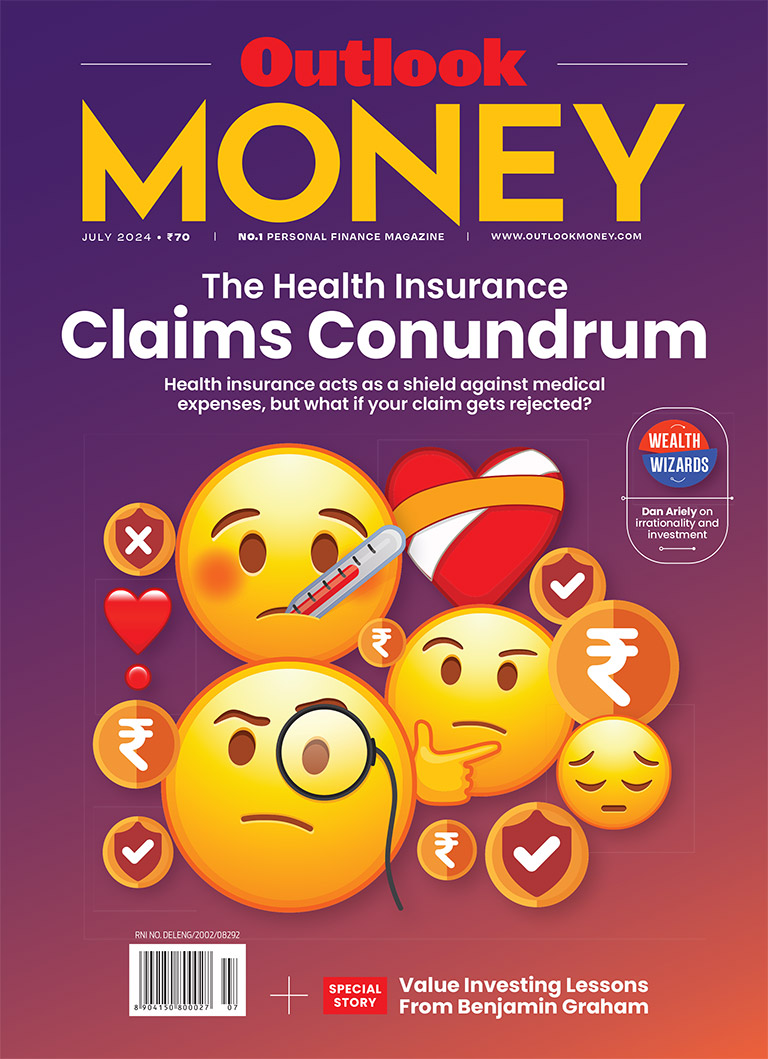Sign of Purity
Gold hallmarking benefits the customer in myriad ways

The process of certifying the purity of gold is called hallmarking. Bureau of Industrial Standards (BIS), a government body, certifies the purity of gold bought by you. From June 16, 2021, no jeweller will be allowed to sell any kind of gold ornaments without hallmarking.
Mandatory hallmarking safeguards the consumer against lower karatage in gold jewellery and to ensure that customers are not misled by the seller, but receive the purity as stated in the item.
There are four components that customer should look for on hallmarked gold jewellery, to ensure the purity of gold:
1. BIS Mark
2. Purity in karat and fineness
3. Assaying and Hallmarking Centre’s identification mark/number
4. Jeweller’s identification mark/number
As of now, BIS has only allowed mandatory hallmarking on 14k, 18k, 20k, 22k, 23k, 24k gold articles.
· 24 karat = 999 fineness/purity, ie., 100 per cent pure gold
· 23 karat = 958 fineness, means there is 95.8 per cent gold and 4.2 per cent alloy metals
· 22 karat = 916 fineness, ie., there is 91.6 per cent gold and 8.4 per cent alloy
· 20 karat = 833 fineness, ie., 83.3 per cent gold and 16.7 per cent alloy
· 18 karat = 750 fineness, ie., 75 per cent gold and 25 per cent alloy
· 14 karat = 585 fineness, ie., 58.5 per cent gold and 41.5 per cent alloy
So always buy gold from BIS-certified gold jewellers and look for these 4 signs of hallmarking. Always see that the bill of purchase mentions the jewellery is hallmarked.
How does hallmarking work in favour of consumers?
· Hallmarked articles are certification and confirmation of the quality, and is an assurance of gold purity for the consumer.
· Mandatory hallmarking safeguards the consumer against lower karat gold jewellery and ensures they are not misled by the seller and receive the purity as stated in the item.
· This implies that if a consumer is buying 22K hallmarked gold jewellery, it will actually mean that 22/24 parts are gold and the rest is alloy allowing him to calculate the purchase and resale value of gold upfront.
· A credible hallmarking system would drive demand for Indian gold both locally and internationally. This would benefit the market at every stage of the value chain, including refining, manufacturing, retailing and ancillary industries.
How is industry coping with this?
· BIS has been running a hallmarking scheme for gold jewellery since April 2000. Around 40 per cent of gold jewellery is already hallmarked
· The government said there has been 25 per cent increase in assaying and hallmarking centres, from 454 to 945, in the last five years. Currently, 940 assaying and hallmarking centres are operative. Out of these, 84 have been set up under the government subsidy scheme in various districts.
· About 14 crore articles can be hallmarked in a year with the existing capacity of these centres.
· Around 35,879 jewellers have been BIS certified.
Global practices on certification
There are three distinct hallmarking models used around the world: government-owned, manufacturer-driven and independent assay offices.
In countries such as Bahrain, Sri Lanka and Japan, hallmarking processes are owned and operated by the government. This model is particularly well-suited to smaller countries or those with concentrated jewellery markets.
In countries such as China, Germany and the US, manufacturers are required to perform hallmarking at source by manufacturers. This model is best suited to countries with capacity to supervise hallmarking centres and jewellery retailers.
In countries such as the UK, France, the Netherlands, Hong Kong and Singapore, independent licensed centres operate as assaying and hallmarking centres. It functions well in large countries, with diverse, widely-dispersed markets. This is the model India has adopted.
As of now, BIS has only allowed mandatory hallmarking on 14k, 18k and 22k gold articles, while international standards approve all kinds of karatage (9K to 24K) and lay down no restriction.
The author is Director, Augmont.
DISCLAIMER: Views expressed are the author's own, and Outlook Money does not necessarily subscribe to them. Outlook Money shall not be responsible for any damage caused to any person/organisation directly or indirectly.









